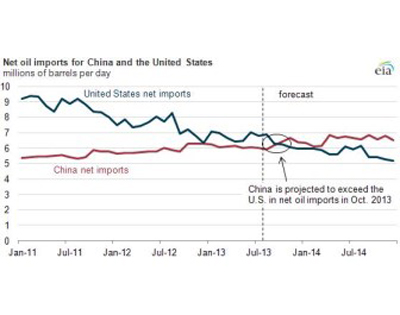Oil rebounded back above $53 a barrel on Thursday, after falling more than a dollar in the previous session on bearish U.S. oil inventory numbers, as investors focused on hopes of an early return to economic growth
Asian stocks rose to their highest in 11 weeks on Thursday, bolstered by strong U.S. new home sales and durable goods data out on Wednesday.
But U.S. government figures showed crude stocks had risen to their highest levels since July 1993, indicating continued weak demand in the world’s largest oil consumer.
U.S. light crude for May delivery rose 50 cents a barrel to $53.27 a barrel by 0212 GMT, having shed $1.21 on Wednesday to settle at $52.77.
London Brent crude rose 76 cents to $52.51.
“Inventories are up their highest since 1993 as demand is weaker. The oil markets are reacting to the stronger economy but prices should stay in the 50s for the time being,” said Tetsu Emori, fund manager at Astmax Co Ltd.
The EIA showed seasonal distillates and gasoline draws in its weekly stocks data but said demand over the past four weeks for distillates, which include diesel, is running 9 percent below last year due to an economically driven slump in trucking, shipping, and manufacture.
Crude stocks could rise further over the next few weeks as refiners cut production further.
“Additional refinery run cuts look set to put renewed downward pressure on crude prices, while providing product prices with a measure of support in the face of weak demand,” said brokerage firm Newedge in a report, as it noted that refinery runs on the East Coast have already slid to a near-all-time record low.
The weak oil fundamentals dragged prices lower on Wednesday, defeating the more bullish mode on the equity markets which closed higher on upbeat U.S. housing and durable good data.
The U.S. government reported that new home sales in the U.S. unexpectedly rose at their fastest pace in 10 months in February, while U.S. orders for long-lasting manufactured goods also unexpectedly rebounded in the same month.
Oil has tumbled from highs above $147 last July as the global economic crisis has dented energy demand worldwide but recovered from lows below $35 touched in December thanks to supplies curbs by the Organization of the Petroleum Exporting Countries.
The organization has agreed to cut output by 4.2 million barrels from September levels but an EIA report on Wednesday estimated that the producing group as a whole reached a 67 percent compliance to the targeted cuts in February, down from previous estimates of compliance at around 80 percent.
Source: chemnet.com





